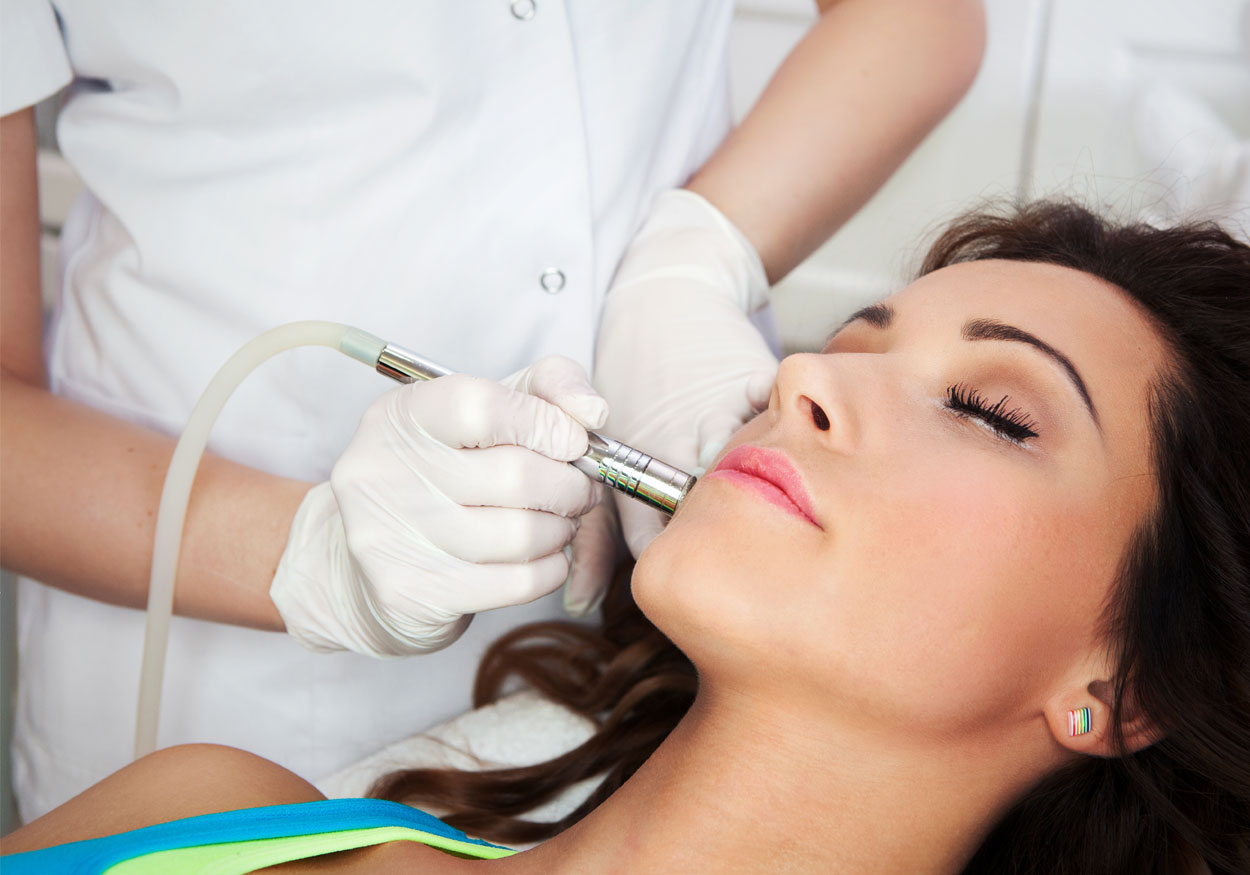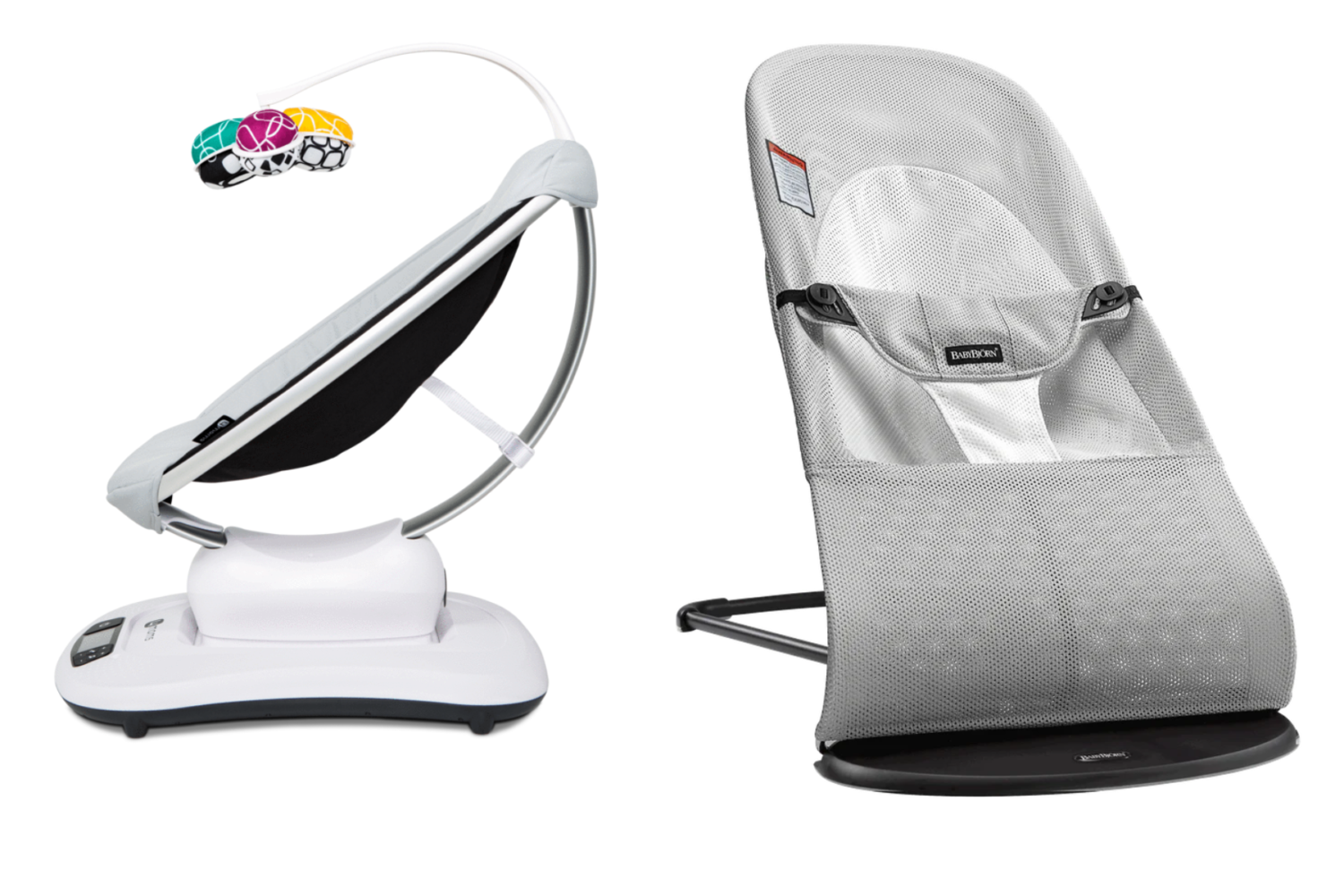Board-certified dermatologist Dr. Elizabeth Tanzi will be lending her expertise bi-weekly as Washingtonian MOM’s guest blogger in a series of serious skincare tips every Mom could use. In her first installment, we go back to beauty school.
Now that summer is winding down, it’s time to take a good look at your skin. Even with good sunscreen, discoloration and dull, dehydrated skin can happen after a summer of sun and fun. The fall is a great time to refresh skin care routines and make healthy skin a top priority. Here are a few suggestions to get your skin ready for back-to-school night and beyond:
- First, do a full self-skin exam. Time spent in the sun can lower the immune system in the skin which allows skin cancers to grow. If any skin lesions are changing size, shape, or color, see a dermatologist immediately for evaluation.
- Add a glycolic acid containing serum or lotion to your skin care routine. Summer sun exposure, chlorine, salt water, and wind can all increase the dead layer on the surface of the skin leading to a dull, dry complexion. Restore a healthy glow with the use of products that encourage exfoliation. Once adequately exfoliated, nourish and hydrate facial skin with a hyaluronic acid-containing night cream.
- Consider getting a microdermabrasion or light chemical peel. To further encourage exfoliation, microdermabrasion is a great way to remove dead skin cells to reveal the fresh skin underneath. However, for patients with sensitive skin, I recommend a series of light chemical peels to gently remove dead skin layers without excessive irritation.
- For new sun spots or broken capillaries, Intense Pulsed Light (IPL) treatments can help. The IPL can lighten brown spots and reduce facial redness after a series of treatments with little recovery time. Usually performed in a series of 3 to 6 treatments, the IPL is an effective way to even out skin tone and reduce the need for heavy makeup.
- Tame rosacea. Excessive sun and high temperatures can worsen rosacea. In my office I often see patients with a flare-up of rosacea in September. Several steps can be taken to reduce the redness. First, avoid the common “triggers” of rosacea which include sun, heat, red wine, and excessive carbohydrates in the diet. Topical medicines and lasers treatments done by dermatologists can also be helpful to reduce inflammation and diminish redness. It can take several sessions to calm the skin. Once the acute rosacea episode has resolved, a series of anti-inflammatory light emitting diode (LED) treatments can maintain the results.
Just as the temperatures change with the seasons, so do our skin care needs. It’s important to adjust skin care routines to correspond to seasonal changes. The reward for staying in tune with fluctuating skin needs is healthy, glowing skin throughout the year.















